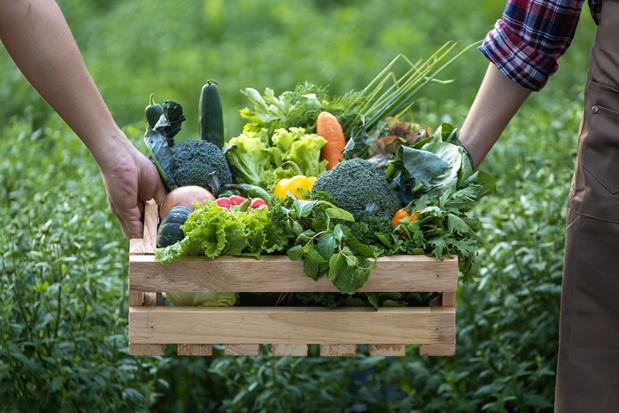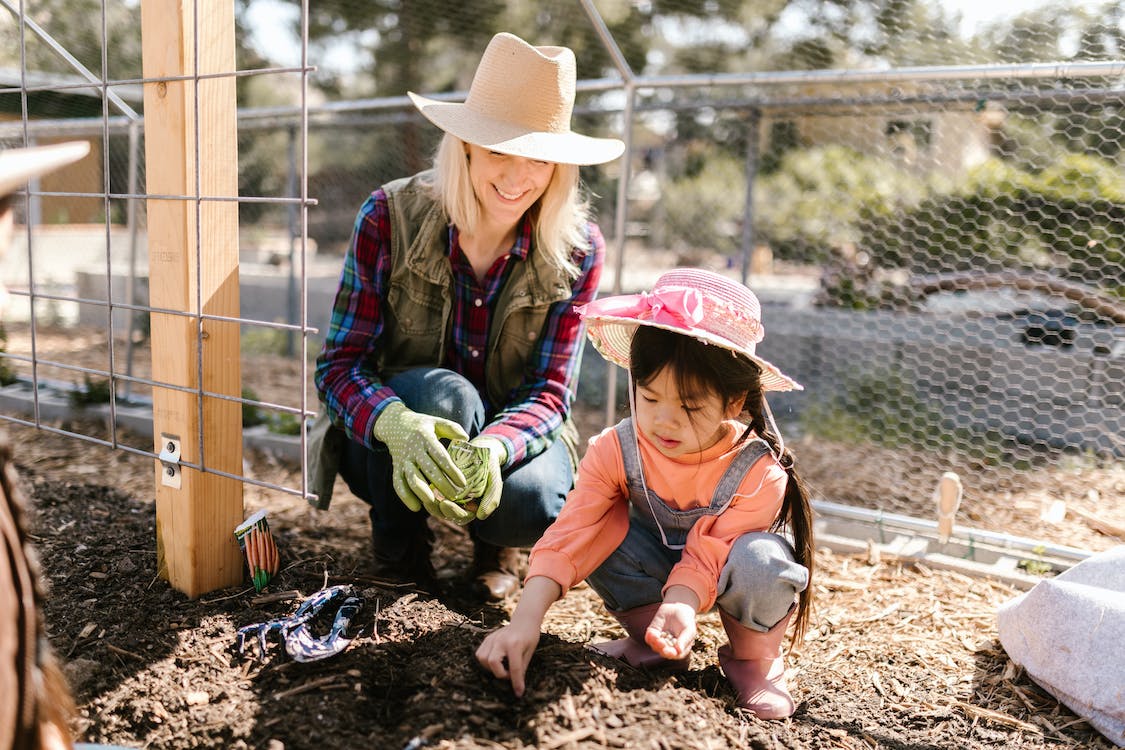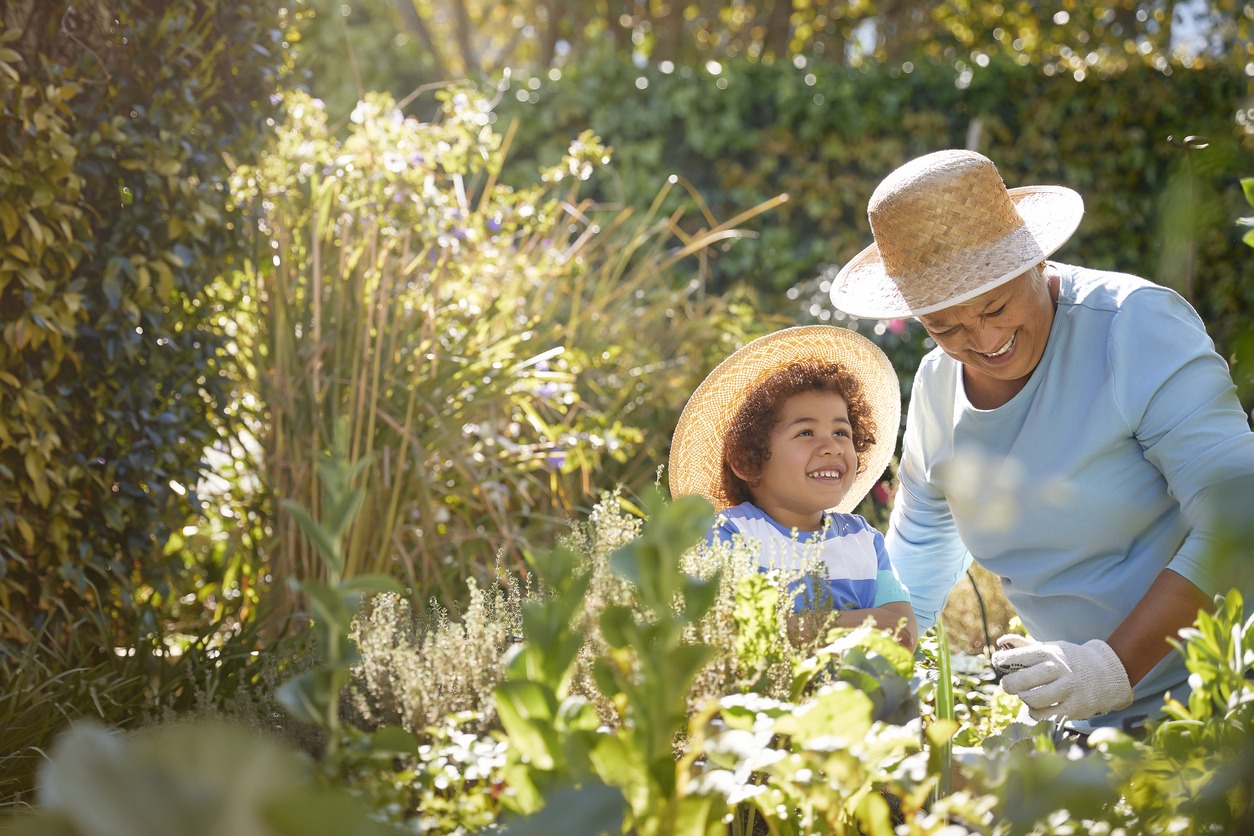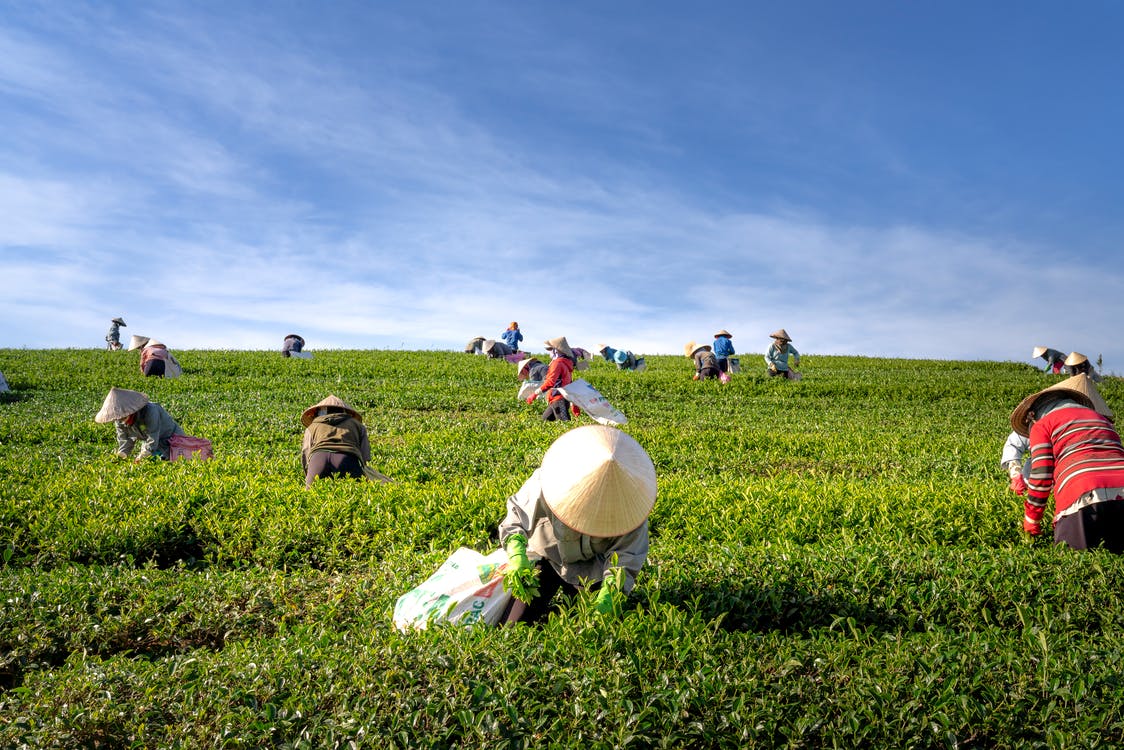Outdoor Homesteading Tips for Texas Landowners

To succeed as a Texas homesteader, focus on drought-resilient water management through rainwater harvesting and drip irrigation. Choose native and adapted plants that use far less water (often 30–60% less) and support local wildlife. Implement year-round growing by staggering plantings and using frost protection.
Select compact livestock like Dexter cattle or Rhode Island Reds for small acreages. Don't forget to explore homestead and agricultural tax exemptions—even for manufactured homes that are your primary residence. The following strategies will help transform your Texas land into a thriving homestead.
Selecting the Perfect Texas Property for Your Homestead
https://www.youtube.com/watch?v=bcYG5Lls3Ys
While the dream of Texas homesteading beckons with promises of self-sufficiency and wide-open spaces, selecting the right property requires careful consideration of multiple factors that will impact long-term success. Your feasibility analysis should begin with Texas's diverse climate zones—from arid West Texas to humid East Texas—as these dramatically affect what you can grow and raise.
Evaluate soil quality carefully; the fertile loam of East Texas supports different crops than West Texas's sandy soils. During site selection, assess water availability, which varies drastically across regions. Balance rural isolation with proximity to markets and services you'll need.
Don't overlook legal aspects—Texas's residence homestead can include a rural homesite plus up to 20 acres used for residential purposes, reducing property taxes, and you may combine this with agricultural/open-space appraisal on additional qualifying acreage.
Manufactured homes on owned or leased land can still qualify for the residence homestead if they're your principal residence and properly documented.
Water Management Strategies for Drought Resilience
Because Texas frequently experiences extended dry periods, establishing robust water systems is perhaps the most critical aspect of successful homesteading. Start by calculating total water demand (household, livestock, irrigation) and track usage to adjust conservation efforts.
Install rooftop catchment with first-flush diverters and shaded storage tanks. Replace broadcast sprinklers with drip irrigation, and water at dawn to cut evaporation. Select drought-tolerant natives, add mulch, and use xeriscaping to lower demand.
Consider greywater reuse where permitted, and basic filtration/UV or other treatment for harvested rainwater. Fix leaks promptly, install low-flow fixtures, and during extreme drought set up emergency livestock water and coordinate with local authorities.
Seasonal Planning for Year-Round Harvests
View this post on Instagram
Beyond timing, resilience begins with the right plant list. With thousands of native species across Texas, prioritize region-appropriate natives that match your rainfall and soils. Natives typically need much less irrigation once established and support pollinators and wildlife; deep roots improve soil and fight erosion. When natives alone don't meet your goals, mix in adapted non-invasives that thrive in Texas conditions without excessive inputs. For a truly sustainable homestead, blend both to create a "Texas SmartScape"—reducing water bills, supporting biodiversity, and cutting maintenance year-round. Four key options can round out a self-sustaining setup: small cattle, poultry, sheep/goats, and select swine. On limited acreage, compact Dexter cattle can yield roughly 1–2.5 gallons of milk daily, while American Aberdeen excel for efficient grass-fed beef. In cooler northern parts of Texas, Angus and Hereford remain solid beef choices. Integrate species with rotational grazing to improve pasture and reduce parasites. Rhode Island Reds and Pekin ducks add eggs/meat while helping with insects. Suffolk sheep finish at about 100–140 lb in 6–8 months, while goats shine at brush control. For heat tolerance, consider Red Wattle pigs or Bourbon Red turkeys. Use planned breeding, mineral programs, and pasture rest to keep herds healthy and outputs diverse with minimal purchased feed. Design buildings to handle Texas's extremes. Applying passive-house principles can dramatically reduce energy use through airtightness, insulation, shading, and orientation. Insulated Concrete Forms (ICF) offer durability and thermal performance (about R-22 to R-26 plus thermal mass) while minimizing thermal bridging and resisting high winds. Pair with low-e windows, deep overhangs, and shading to limit heat gain. Add energy-recovery ventilation (ERV) to maintain indoor air quality and help manage inbound humidity in hot, humid regions. Round out efficiency with smart thermostats, LEDs, Energy Star appliances, and solar-ready wiring for resilience during outages. Regulatory details vary across Texas's 254 appraisal districts, so verify locally. The residence homestead exemption (recently increased at the state level for school taxes) reduces taxable value on your primary home, and open-space (1-d-1) agricultural appraisal can lower taxes on qualifying ag acreage when land use and history meet standards (generally agricultural use for 5 of the preceding 7 years). For open-space applications, file by May 1 with required documentation and be prepared for periodic verification; failure to respond can lead to removal. Review Texas Comptroller guidance and your local district's website, keep records of agricultural activity, and stay ahead of deadlines to preserve these valuable tax benefits.Native and Adapted Plants for Texas Ecosystems
Small Livestock Selection and Integration
Energy-Efficient Structures for the Texas Climate
Navigating Local Regulations for Rural and Urban Homesteaders



